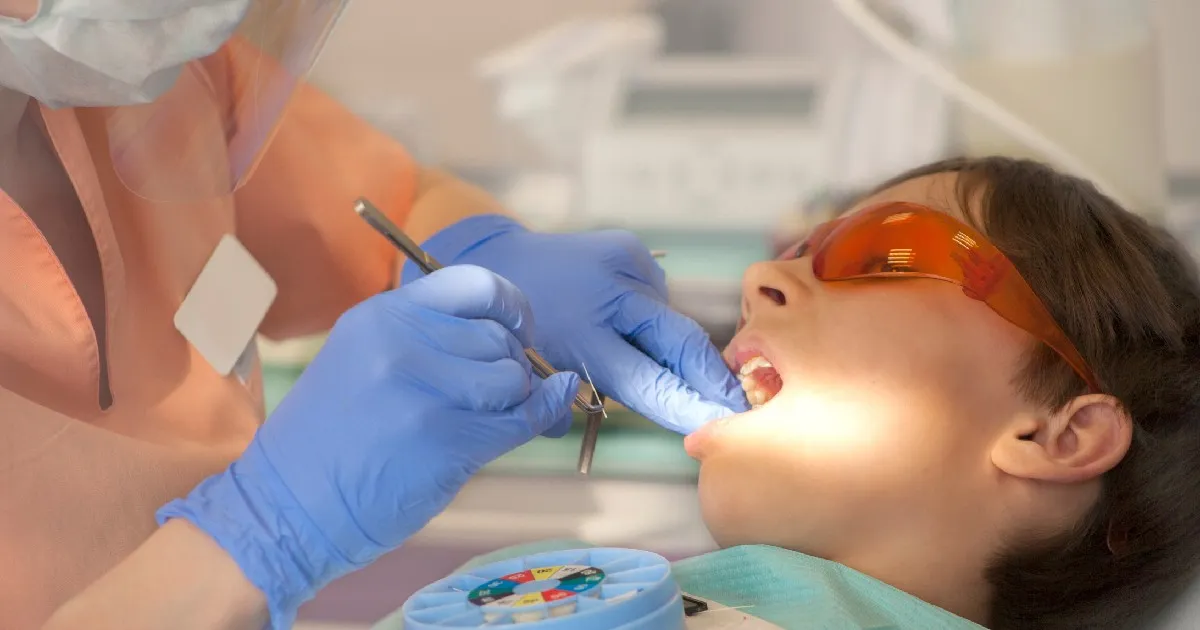Table of Contents
Have you ever had a root canal and still felt tenderness, swelling, or discomfort months later? It can be confusing and frustrating when pain continues after a treatment that was supposed to solve the problem. In many cases, that lingering discomfort may be a sign that something more profound is still at play.
An apicoectomy could be the next step toward lasting relief. At Endodontic Specialists by Solomon Dental in Summerville, SC, patients receive precise, minimally invasive care for stubborn root infections. This procedure is designed to save your natural tooth when a standard root canal is insufficient. Understanding when it is needed can help you take control of your oral health before the issue worsens.
What Is an Apicoectomy and Why Does It Matter
An apicoectomy, also known as root-end surgery, is a specialized endodontic procedure performed when infection or inflammation continues at the tip of a tooth’s root after a root canal.
To visualize it simply, imagine the root canal as the “clean-up” inside the tooth, where infected pulp is removed and the space is sealed. However, in some cases, infection lingers or reoccurs at the very end of the root, at the apex, where standard tools can’t always reach. That’s when an apicoectomy comes into play.
During the procedure, your endodontist makes a tiny incision in the gum tissue near the affected tooth, removes the infected tissue and the tip of the root, then seals it with a special filling. The goal is to eliminate infection while preserving your natural tooth structure.
Common Signs You Might Need an Apicoectomy
It’s not always easy to tell when a deeper issue is developing beneath the surface of your tooth. Sometimes, symptoms appear subtly; other times, they can be pretty painful. Paying attention to early warning signs is key to protecting your oral health.
Here are the most common signs that may indicate the need for an apicoectomy in Summerville, SC:
1. Persistent Pain After a Root Canal
Postoperative mild discomfort following a root canal is typical and generally resolves within a few days. Persistent pain lasting weeks or months may suggest the presence of an ongoing infection at the root tip.
2. Swelling or Tenderness Around the Gums
Localized swelling or tenderness, especially near a previously treated tooth, could suggest the infection has spread beyond the root canal area.
3. Recurring Abscess or Pimple on the Gums
A small bump or “pimple” (known as a sinus tract) that repeatedly appears and drains pus is often a sign of a chronic infection that needs surgical attention.
4. Sensitivity to Pressure or Biting
A tooth that has already undergone a root canal may still experience an infection deep within the bone, near the root tip, if chewing or even light pressure produces pain.
5. X-ray Evidence of Bone Loss or Dark Spots
During routine dental X-rays, your dentist might notice dark shadows around the end of the root. These indicate bone loss caused by ongoing infection.
Ignoring these symptoms can allow bacteria to spread to nearby teeth and tissues, leading to more extensive damage. Recognizing them early gives your endodontist the best chance to save your tooth and restore comfort.
Why Root Canal Treatments Sometimes Need Backup
While root canal therapy is one of the most reliable and effective treatments in dentistry, no procedure is foolproof. A tooth’s internal anatomy can be complex; some roots have extra channels or microscopic branches that are difficult to clean thoroughly.
Other factors that might cause a root canal to fail include:
- Missed or curved canals that were too narrow for standard instruments
- Residual bacteria are trapped deep in the root tip.
- Cracked root surfaces that allow bacteria to re-enter
- Delayed crown placement after treatment, which allows for reinfection
An apicoectomy for failed root canal addresses these limitations by treating the end of the root directly, where infections most often persist. By removing the source of the problem and sealing it from the root end, the procedure creates a clean, infection-free environment that allows the surrounding bone to heal naturally.
The Apicoectomy Procedure Explained
Understanding what happens during an apicoectomy can help reduce any anxiety you might have about the procedure. At Endodontic Specialists by Solomon Dental, every step is performed with precision, comfort, and patient safety in mind.
1. Consultation and Imaging
Your endodontist begins with a thorough examination, which includes digital X-rays or 3D scans, to evaluate the affected tooth and its surrounding structures. This helps pinpoint the exact location of the infection.
2. Local Anesthesia
To ensure a pain-free experience, the area is numbed using local anesthesia. Most patients compare the sensation to getting a filling; there’s pressure, but no discomfort.
3. Gum Incision and Root Tip Removal
A tiny cut is made in the gum tissue to show the root tip and the diseased bone. The swollen or infected tissue is carefully removed, along with a few millimeters of the root tip.
4. Root End Filling and Sealing
The end of the root is sealed with a biocompatible material, preventing future bacterial contamination.
5. Closing the Site
The gum tissue is moved around and then stitched back in place. Over time, the bone typically grows back around the root tip that has been sealed.
The entire process typically takes 30 to 90 minutes, depending on the location of the tooth and its complexity.
Who Is a Good Candidate for an Apicoectomy?
Not every tooth that feels painful after a root canal needs surgery, but some conditions make you a strong candidate for this treatment.
You may benefit from an apicoectomy if:
- You’ve had a root canal, but infection or inflammation persists
- Your tooth has complex root anatomy that can’t be cleaned thoroughly with traditional methods.
- There’s bone loss near the root tip visible on X-rays
- You want to save your tooth instead of replacing it with an implant.
- You experience recurring abscesses or gum swelling near a treated tooth.
On the other hand, if a tooth is severely fractured or has very little remaining structure, your dentist may recommend different options. The specialists at Endodontic Specialists by Solomon Dental always perform a thorough evaluation to determine the safest and most effective treatment for your individual case.
How to Prevent Future Infections
Even after a successful apicoectomy, preventive care remains crucial for long-term oral health. Here’s how to keep your teeth healthy and avoid similar issues in the future:
- Maintain excellent oral hygiene, including brushing twice daily and flossing
- Visit your dentist regularly for cleanings and X-rays
- Get prompt treatment for cavities or gum disease before they progress.
- Avoid chewing hard foods or objects that can cause cracks.
- Follow your dentist’s post-surgical instructions carefully.
Prevention may not always stop deep-root infections, but it dramatically reduces the risk of recurrence and helps preserve your treatment results.
Restore Your Oral Health – Schedule an Apicoectomy Appointment
When lingering tooth pain keeps interrupting your comfort, it’s easy to put off another dental visit. But addressing the issue early can prevent further infection and protect your natural tooth for years to come.
At Endodontic Specialists by Solomon Dental, Dr. Justin R McAbee and his team specializes in apicoectomy in Summerville, SC, offering gentle and effective care tailored to your specific needs.
Restore Your Oral Health – Schedule an Apicoectomy Appointment.
Your smile deserves lasting relief and care you can trust. Take the first step toward comfort and confidence today because saving your natural tooth is always worth it.







